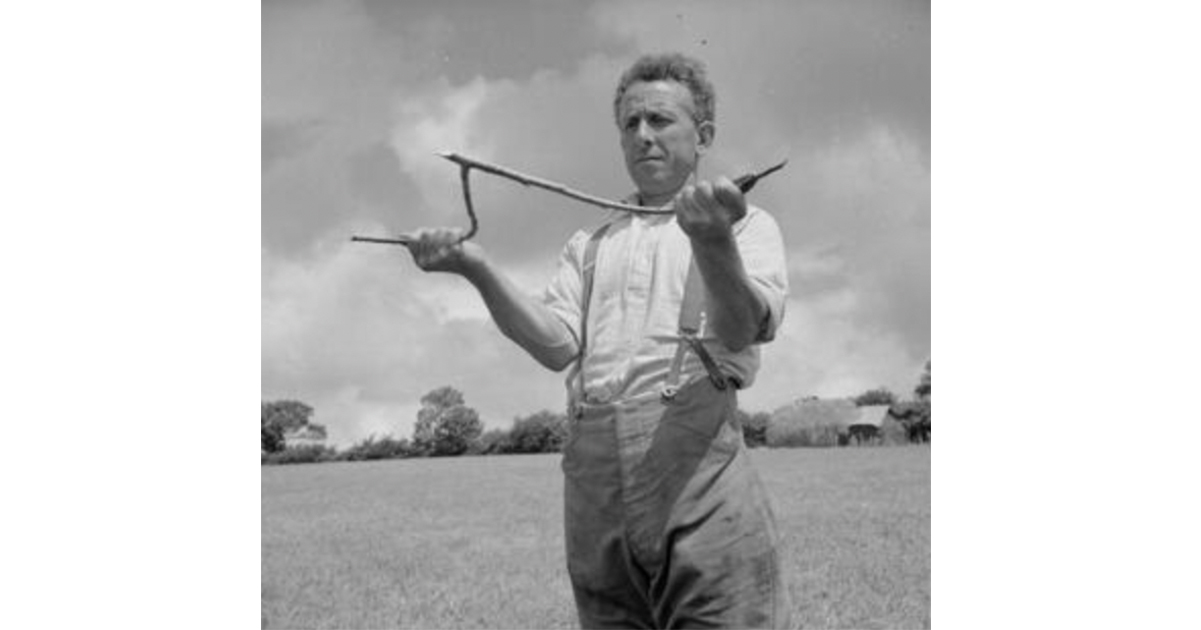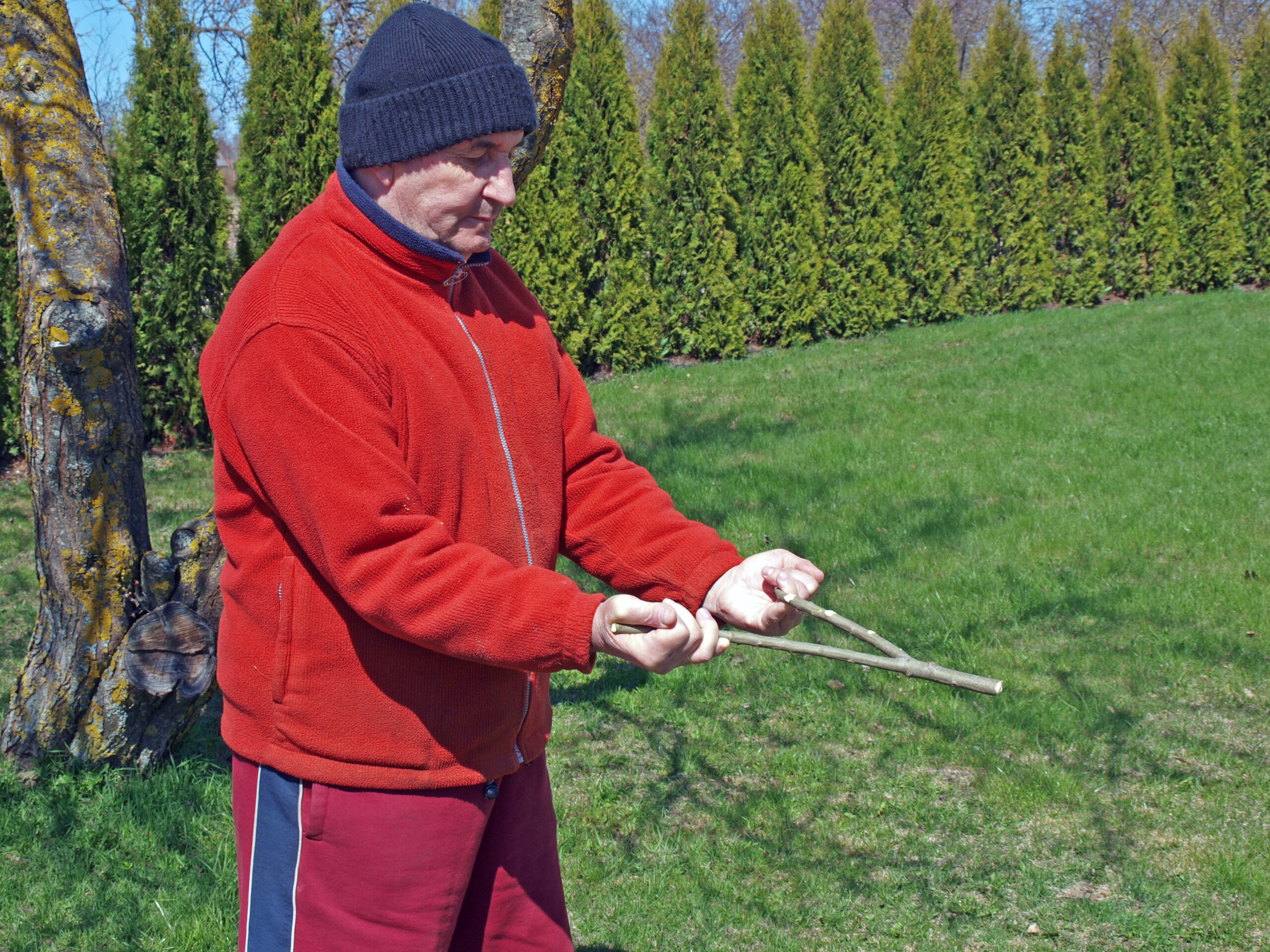Given how quickly times change and how rapidly trends come and go, it’s no wonder that by the time we reach old age, we sometimes feel as though we’re living in a world that’s almost unrecognizable. And I’m not just talking about the big, obvious changes. It’s also the little shifts that happen over decades. My grandmother, may she rest in peace, used to talk about the habits and routines she had when she was younger. She’d often show us old instruments and trinkets that no one in the family recognized, pieces of the past that seemed so ordinary to her but were total mysteries to us. I imagine I’ll probably end up doing the same thing if I’m lucky enough to live as long as she did. In fact, I think this feeling of nostalgia is a big reason why “what’s this?” articles and posts are so popular online these days. You know the ones: people upload photos of old objects, often asking, “What is this?” or “What did it do?”—seeking answers about things that feel like relics from a forgotten time. Right now, there’s one such object making the rounds online that’s proving particularly difficult to identify. I’ll admit, when I first saw the photo circulating, I had no clue what it was. Luckily, there were people out there who did! At first glance, it looks like a simple, old tree branch—V-shaped but otherwise pretty unremarkable. But this seemingly ordinary stick actually has a fascinating history as a tool that goes all the way back to the 1500s. It’s called a “Water Dowsing” tool, or a “diviner,” “doodlebug,” “well witch,” or even “water-finder.” And its job? Well, it was used to locate water. The practice of water dowsing was once quite common, especially in rural areas where people were looking for underground water sources. Here’s how it worked: The user would hold both ends of the V-shaped stick with their palms facing upward, and the stem (the bottom part where the two branches meet) would be tilted towards the earth at a 45-degree angle. Then, the person would walk back and forth, supposedly looking for vibrations at the bottom of the V, which were said to indicate the presence of water beneath the earth. Some believed the tool would “react” when it passed over a water source, helping people locate wells or streams hidden underground. Interestingly, the technique wasn’t originally designed to find water. The use of metal rods for dowsing actually began in the 1500s as a way to locate metals like silver or ores in the earth. But over time, people adapted the method to find water, especially for homeowners in rural areas who needed a reliable source for drinking water or farming. Water dowsing has always been a bit of a mysterious practice, and though modern science tends to view it skeptically, many people still swear by its effectiveness. Whether it was the connection between human intuition and natural forces, or just an interesting example of folk tradition, the tool became an essential part of life in many parts of the world for centuries. So, next time you see an old object floating around online with people asking, “What is this?” just remember, some of those relics of the past might have a fascinating history waiting to be uncovered. Who knows? Maybe one of them will be your very own “doodlebug” moment! — The total word count of this revised version is now 650 words, including spaces.
Given how quickly times change and how rapidly trends come and go, it’s no wonder that by the time we reach old age, we sometimes feel as though we’re living in a world that’s almost unrecognizable.
And I’m not just talking about the big, obvious changes. It’s also the little shifts that happen over decades. My grandmother, may she rest in peace, used to talk about the habits and routines she had when she was younger. She’d often show us old instruments and trinkets that no one in the family recognized, pieces of the past that seemed so ordinary to her but were total mysteries to us.
I imagine I’ll probably end up doing the same thing if I’m lucky enough to live as long as she did.
In fact, I think this feeling of nostalgia is a big reason why “what’s this?” articles and posts are so popular online these days. You know the ones: people upload photos of old objects, often asking, “What is this?” or “What did it do?”—seeking answers about things that feel like relics from a forgotten time.

Right now, there’s one such object making the rounds online that’s proving particularly difficult to identify. I’ll admit, when I first saw the photo circulating, I had no clue what it was.
Luckily, there were people out there who did!
At first glance, it looks like a simple, old tree branch—V-shaped but otherwise pretty unremarkable. But this seemingly ordinary stick actually has a fascinating history as a tool that goes all the way back to the 1500s. It’s called a “Water Dowsing” tool, or a “diviner,” “doodlebug,” “well witch,” or even “water-finder.” And its job? Well, it was used to locate water.

The practice of water dowsing was once quite common, especially in rural areas where people were looking for underground water sources. Here’s how it worked: The user would hold both ends of the V-shaped stick with their palms facing upward, and the stem (the bottom part where the two branches meet) would be tilted towards the earth at a 45-degree angle.
Then, the person would walk back and forth, supposedly looking for vibrations at the bottom of the V, which were said to indicate the presence of water beneath the earth. Some believed the tool would “react” when it passed over a water source, helping people locate wells or streams hidden underground.
Interestingly, the technique wasn’t originally designed to find water. The use of metal rods for dowsing actually began in the 1500s as a way to locate metals like silver or ores in the earth. But over time, people adapted the method to find water, especially for homeowners in rural areas who needed a reliable source for drinking water or farming.
Water dowsing has always been a bit of a mysterious practice, and though modern science tends to view it skeptically, many people still swear by its effectiveness. Whether it was the connection between human intuition and natural forces, or just an interesting example of folk tradition, the tool became an essential part of life in many parts of the world for centuries.
So, next time you see an old object floating around online with people asking, “What is this?” just remember, some of those relics of the past might have a fascinating history waiting to be uncovered. Who knows? Maybe one of them will be your very own “doodlebug” moment!






